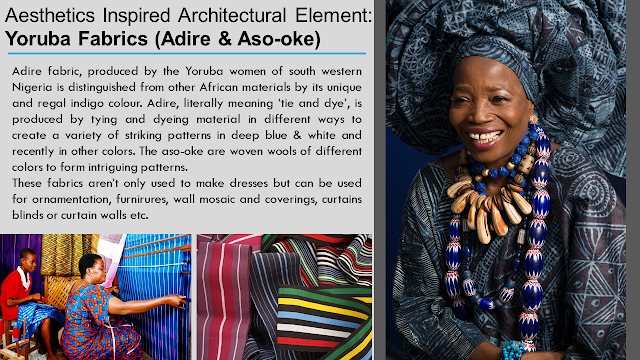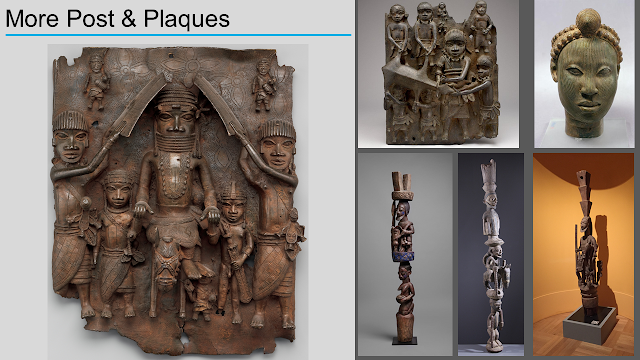Today at CPDI Africa we continue our journey into the exploration of YORUBA Architecture, through its dynamic traditional languages, aesthetics, spirituality and technology. Selecting KEY elements from traditional Yoruba Design, what 5 Modern Elements can we propose for Creating a Recognizable Modern Language for Yoruba Architecture!?
I've summarized this KEY QUESTION for our summer Cohort of architects, as I progresses on this journey to creating a modern Masterpiece of YORUBA Design for the Internship. Follow my full research on Traditional Yoruba design on this BLOG, and glean the 25 Traditional Elements that Inspired this PROPOSED 5 Standards for Designing Modern Yoruba or 'Afrofuturistic' Architecture. Enjoy!!!
Read also:- The Most Interesting Facts I Learnt Researching Yoruba Architecture














Go big LA is the agency who already helped many architecture business by the digital marketing. Not only this they are well known for local internet marketing. Take their service and relief.
ReplyDelete